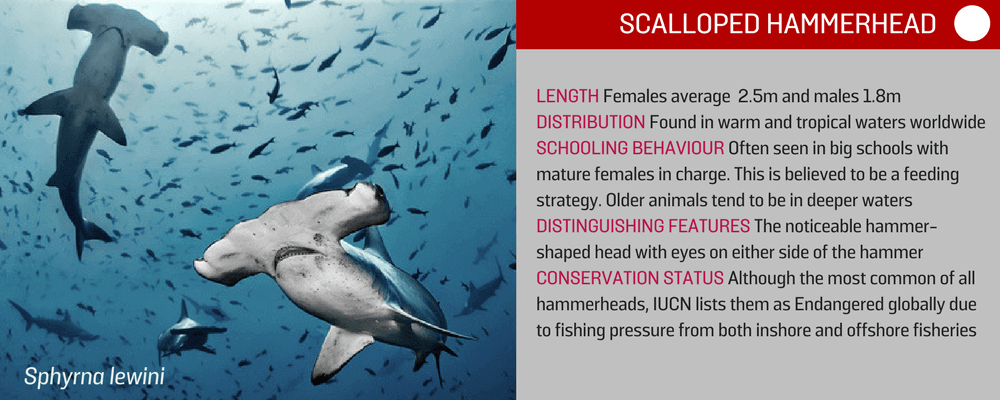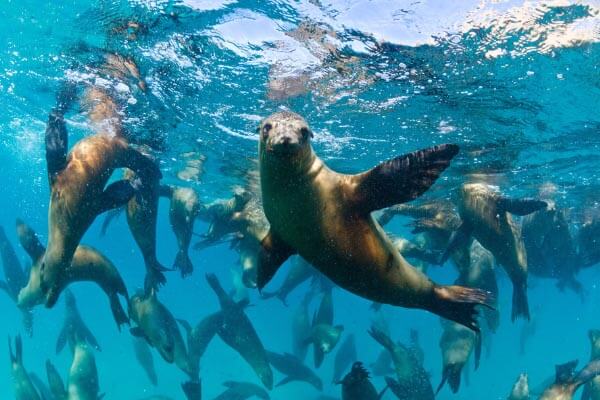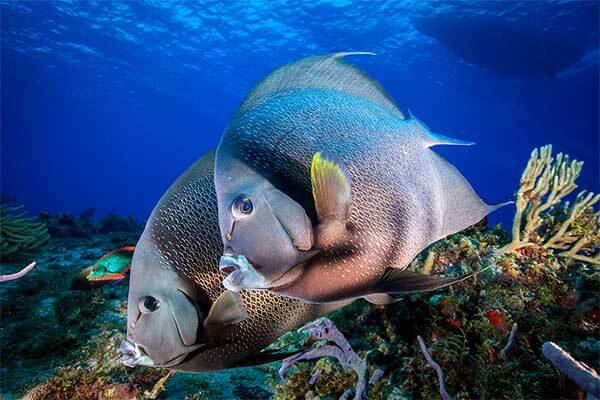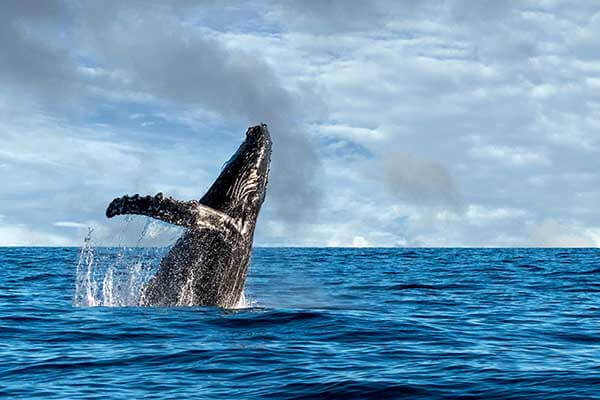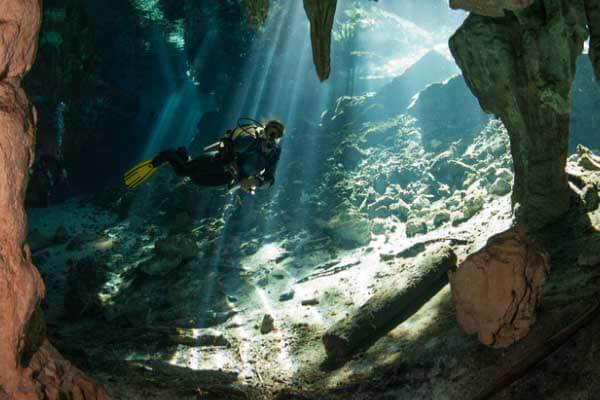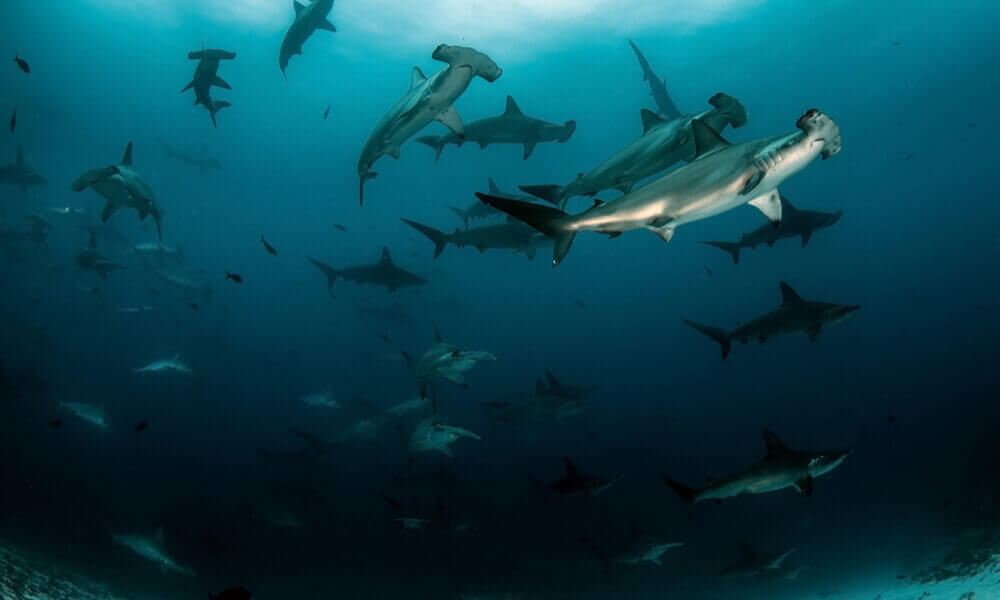
The Sea of Cortez is protected on its western side by the long peninsula of Baja California (the second largest in the world at 1,200km) and to the east by the Mexican mainland – creating a huge, relatively shallow playground perfect for marine life and for divers. What makes this environment even more special is that it is where tropical and temperate zones meet, creating a unique environment which is home to frolicking sea lions, vast schools of hammerhead sharks and migrating whales stopping over for a bit of Mexican R&R.
LOS CABOS

At Baja’s southern extremity is the busy beach resort of Los Cabos, which is popular with tourists for its pristine beaches and plentiful nightlife. At the southern point the distinctive rock arch of Cabo San Lucas marks where the Pacific Ocean becomes the Gulf of California. The area is notable for the sea lion rookeries nearby.
DIVE SITES
Cabo Pulmo
Cabo Pulmo National Marine Park has been described as the most successful marine reserve in the world. Located 96km (60 miles )north of Los Cabos, the park stretches eight kilometres (five miles) from Pulmo Point south to Los Frailes, and was designated a National Marine Park by the Mexican government in 1995.
It was the determination of local campaigners to protect the reef, which is estimated to be 20,000 years old, that led to a complete ban on fishing in the area, and the efforts of those campaigners have had a transformational effect on the marine life.
In 2005 Cabo Pulmo was named a UNESCO World Heritage Site, and in 2008 it became a Ramsar International Wetlands site.
But although conservationists could see the effect on marine diversity and populations, it was not until the results of an extensive study were released in 2011 that the true success of the marine park became apparent.
In 2011 Mexican scientists revealed that over a period of ten years fish populations recorded in Cabo Pulmo had increased dramatically – fish biomass had increased by 463 per cent. Top predators such as sharks also returned in numbers, as did schooling fish and a whole plethora of marine life.
The Cabo Pulmo Reef has eight fingers of hard coral reef, which provide a safe haven for many of the 800 species of marine animals found throughout the Sea of Cortez.
Today, the park remains hugely important – it has become a safe haven for flora and fauna, it has increased yields for fishermen operating near the park and it has attracted diving and ecotourism to the area. Efforts to preserve and increase its protected status are ongoing.
Sand Falls
The Sand Falls at Cabo San Lucas were originally discovered by Jacques Cousteau – the sand cascades like a waterfall (but one made of sand). It’s a unique site.
Gordo Banks
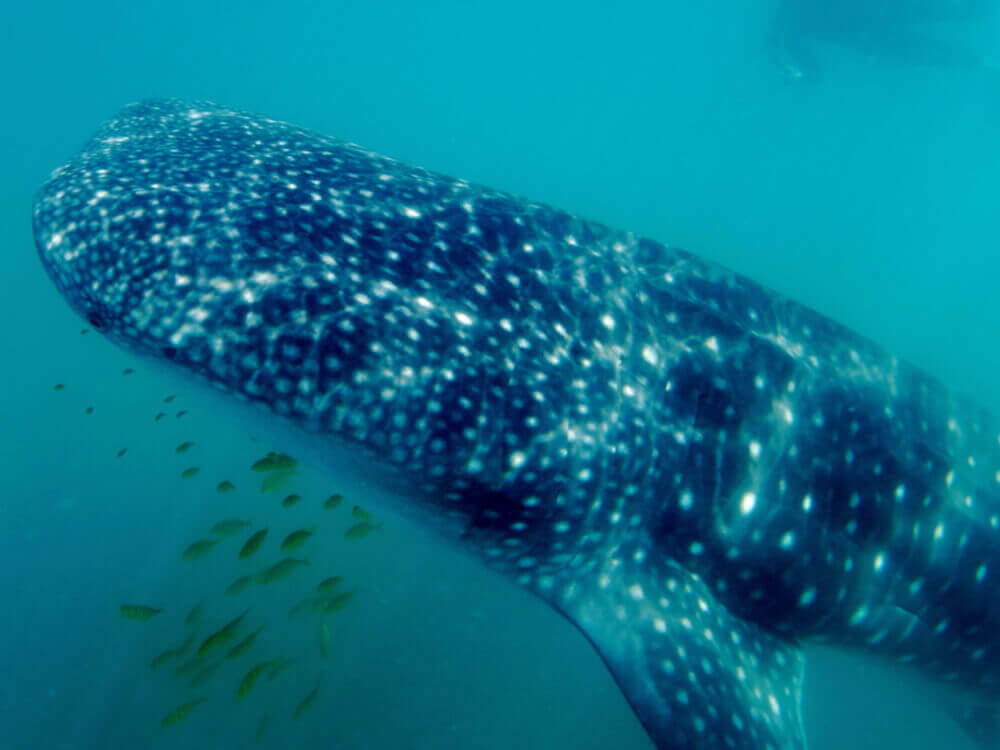
The deep seamounts at Gordo Banks offer the chance to encounter plenty of pelagic fish including marlin, sailfish, dorado, wahoo and large schools of tuna and jacks. It’s a deep dive – the top of the shallowest seamount is at 35m – and therefore only suited to experienced divers, but there’s also the opportunity to see schooling hammerheads, manta rays and whale sharks.
LA PAZ

Stylish La Paz is one of Mexico’s most cosmopolitan of cities and combines a rich history, excellent shopping and a wonderful beach area. The diving matches the city both in terms of variety and quality. The waters here are brimming with marine life and La Paz is perfectly located to visit sites around the islands of Espirito Santo and Partida where there are opportunities for encounters with California sea lions, hammerhead sharks, Pacific manta rays and whale sharks.
DIVE SITES
El Bajo

Eight miles northeast of La Paz this site is defined by a cluster of three pinnacles that rise to around 18m and attracts schooling pelagics such as tuna and amberjack and occasionally marlin, mantas and whale sharks. Top of the bill though are the many scalloped hammerheads that regularly tour this offshore site. For experienced divers only, as the current can be unpredictable.
Los Islotes
Just north of the island of Espirito Santo, this site features two large rock islets one of which is a natural arch, where you can see reef fish including angelfish, surgeonfish and parrotfish amid orange cup corals. With a depth of 8m, it’s a great site for novices. Without a doubt, the main attraction though is the population of California sea lions. A colony of more than 200 of these playful pinnipeds lives on the islets and there is plenty of opportunity for underwater encounters with these remarkable creatures.
Salvatierra
This 90m-long Second World War landing ship that was converted into a Mexican ferry, sank in 1976 when it hit Suwanee Rock. The wreck lies on its port side on a sandy bottom at 20m. It makes for an interesting dive as there is plenty of fish life and although it is unsafe to penetrate the wreck, there are plenty of recognisable features to explore. Moray eels, angelfish, grouper, scorpionfish and needlefish are just some of the fish that have made Salvatierra their home.
Las Animas
This site directly north of Isla Partida is best known for the schools of jacks which cruise the pinnacles of rocks in these waters. At times other pelagics such as tuna and hammerhead sharks also put in an appearance.
C59/USS Diploma
Originally a Second World War minesweeper, the USS Diploma was sold to the Mexican navy and renamed as the C59. After many years of use the ship was deliberately scuttled as an artificial reef near La Paz in 2004. The wreck now sits on its starboard side at depths of between 9 and 20m. It’s an impressive wreck with plenty of schooling fish including barracuda. Divers with the appropriate training can penetrate the wreck.
LORETO

North of La Paz, halfway up the east coast of the peninsula, Loreto sits in the shadow of the Sierra Giganta mountains. The town is a sleepy, seaside community where dive boats head out to the nearby islands of Coronado, Carmen, Danzante, Monserrate and Catalan all in a protected marine park.
The Loreto National Marine Park is 80km (50 miles) long and 32km (20 miles) wide stretching across 206,397 hectares (510,000 acres) and was created by Presidential Decree in 1996. In 2005 the park was added to the United Nations’ list of protected World Heritage Sites in an effort to protect the more than 800 species of marine life that inhabit the Gulf of California.
DIVE SITES
La Lobera
A magnificent wall dive on the south side of Coronado Island. You descend to 30m (100ft) and drift past caves and caverns dripping with sea fans and black coral. Lots of schooling tuna and bumphead parrotfish. And you can do your safety stop in the middle of a small sea lion colony.
Las Tijeratas
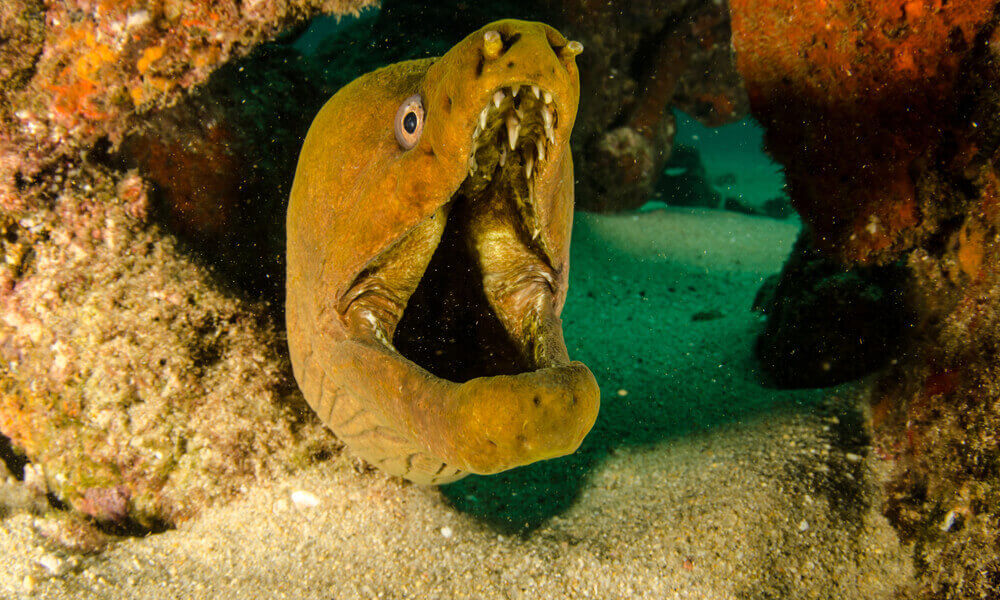
Another drift dive along a dramatic wall on Coranado Island. Not quite as deep as La Lobera – you start at 21m (70ft) and weave your way along walls covered with soft corals and gorgonians. Lots of interesting invertebrates plus plenty of morays.
Carmen Island wreck

This shallow site at 11m is great for novices although experienced divers will like it too as it is populated with plenty of marine life including schooling fish, moray eels and the occasional large grouper.
Los Candelleros
A trio of rocky mounts to the east of Danzante Island drop precipitously to a rocky bottom at 60m (200 ft). Great wall diving with impressive crevices and tons of marine life.
MARINE LIFE

